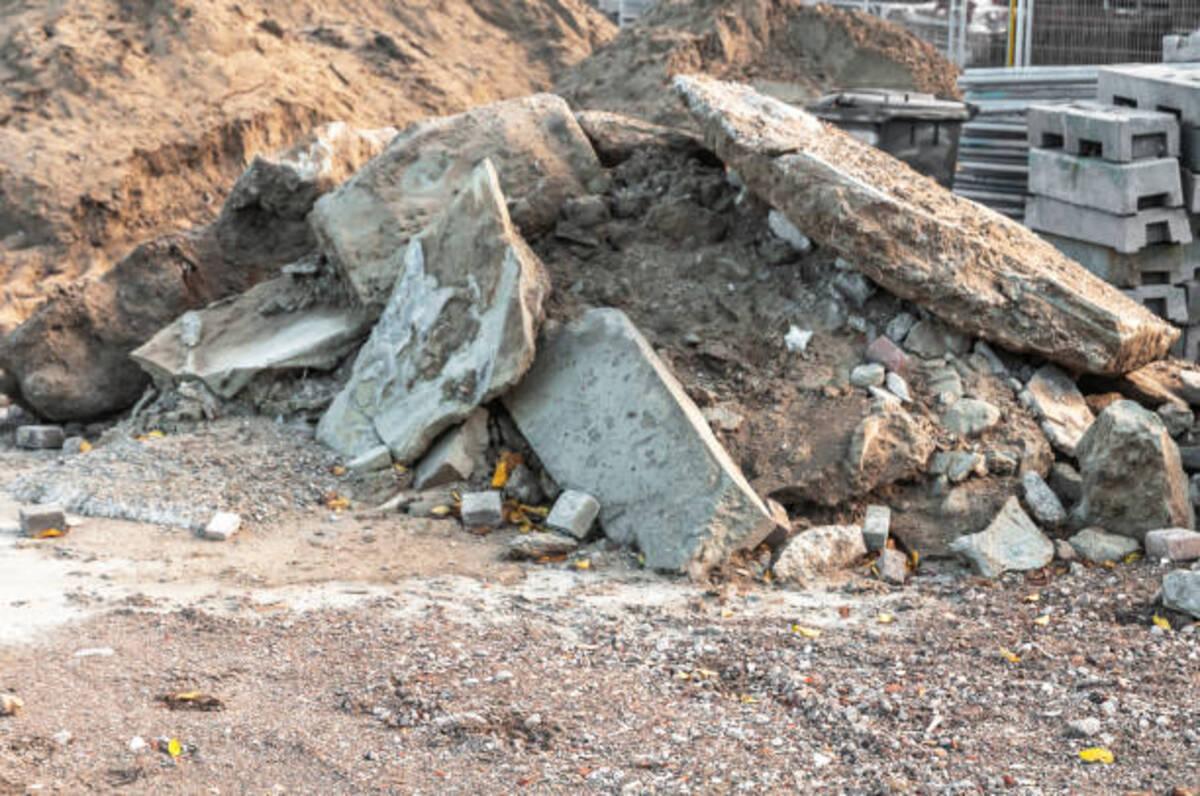In the realm of construction, efficiency is paramount. Every project demands meticulous planning, precise execution, and seamless coordination. However, amidst the flurry of activity, one often overlooked aspect is debris removal. Traditional methods have long been plagued by inefficiencies, delays, and safety concerns. But now, with the advent of cutting-edge technology, construction debris removal is undergoing a transformative revolution.
Automated Debris Tracking Systems
Construction debris removal entails the systematic clearing of waste materials from construction sites. This process historically relied on manual labor and rudimentary tracking methods, leading to inefficiencies and errors. However, with the integration of automated tracking systems, such as RFID tags and GPS technology, the entire process has been streamlined.
These advanced systems enable real-time monitoring of debris accumulation, allowing for proactive scheduling of removal services. Moreover, they facilitate accurate documentation and reporting, ensuring compliance with environmental regulations and safety standards.
Drones for Site Surveillance and Mapping
Drones have emerged as indispensable tools in the construction industry, revolutionizing various aspects of project management. When it comes to debris removal, drones offer unparalleled capabilities for site surveillance and mapping.
Equipped with high-resolution cameras and LiDAR technology, drones can efficiently scan construction sites, identifying areas with significant debris accumulation. This data can then be used to generate precise 3D maps, guiding debris removal teams with pinpoint accuracy.
Furthermore, drones provide ongoing surveillance throughout the project lifecycle, enabling proactive debris management and minimizing the risk of safety hazards.
Robotics and Automation in Debris Collection
Traditional debris removal methods often involve manual labor, exposing workers to potential safety risks and inefficiencies. However, with advancements in robotics and automation, this paradigm is rapidly shifting.
Robotic systems equipped with AI algorithms and advanced sensors can autonomously navigate construction sites, collecting and sorting debris with unprecedented precision. These robots are not only faster and more efficient than their human counterparts but also eliminate the risk of injury and fatigue.
Moreover, automation technologies enable continuous operation, allowing for round-the-clock debris removal without disruptions to the construction schedule.
Data Analytics for Predictive Maintenance
Predictive maintenance is a crucial aspect of construction debris removal service, ensuring optimal performance and longevity of equipment. By leveraging data analytics and machine learning algorithms, construction companies can proactively identify potential issues and schedule maintenance tasks accordingly.
By analyzing historical data on equipment usage, debris accumulation rates, and environmental factors, predictive analytics can forecast maintenance needs with remarkable accuracy. This proactive approach minimizes downtime, reduces repair costs, and enhances overall operational efficiency.
Enhanced Safety Measures
Safety is paramount in the construction industry, and technology is playing a pivotal role in enhancing safety measures during debris removal. Advanced sensors and IoT devices can detect potential hazards in real-time, alerting workers to dangerous conditions and preventing accidents. Additionally, wearable technology, such as smart helmets and vests, provides workers with vital information and communication capabilities, further reducing the risk of injuries on the job site.
Efficient Waste Recycling
With environmental sustainability becoming a top priority, construction debris removal is increasingly focused on waste recycling and repurposing. Technology enables efficient sorting and processing of construction waste, segregating materials for recycling or reuse. Automated sorting systems utilize AI algorithms to identify recyclable materials, maximizing resource recovery and minimizing landfill waste. By embracing sustainable practices, construction companies can reduce their environmental footprint and contribute to a greener future.
Real-Time Communication and Collaboration
Effective communication and collaboration are essential for seamless debris removal operations. Technology facilitates real-time communication among project stakeholders, including contractors, subcontractors, and debris removal teams. Cloud-based collaboration platforms allow for instant sharing of project updates, schedules, and documentation, ensuring everyone is on the same page. Mobile apps and wearable devices enable field personnel to access information and communicate efficiently, enhancing productivity and coordination on the job site.
Remote Monitoring and Management
In today’s interconnected world, remote monitoring and management solutions are revolutionizing construction debris removal services. IoT-enabled sensors installed on equipment and containers provide real-time data on fill levels, equipment status, and operational performance. This remote monitoring allows project managers to track progress, identify bottlenecks, and optimize resource allocation from anywhere with an internet connection. By leveraging remote management technologies, construction companies can streamline operations, reduce costs, and improve overall efficiency.
Conclusion
In conclusion, technology is revolutionizing construction debris removal services, ushering in a new era of efficiency, safety, and sustainability. Automated tracking systems, drones, robotics, and data analytics are transforming every aspect of the debris removal process, from monitoring and mapping to collection and maintenance.






